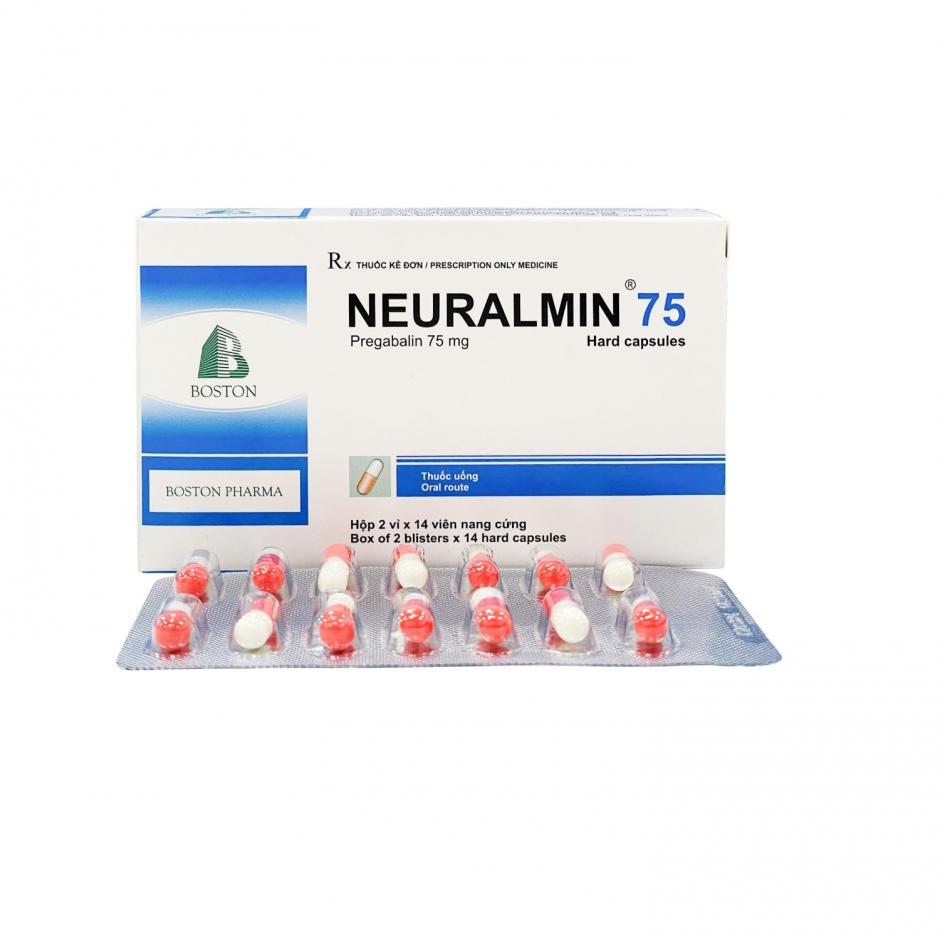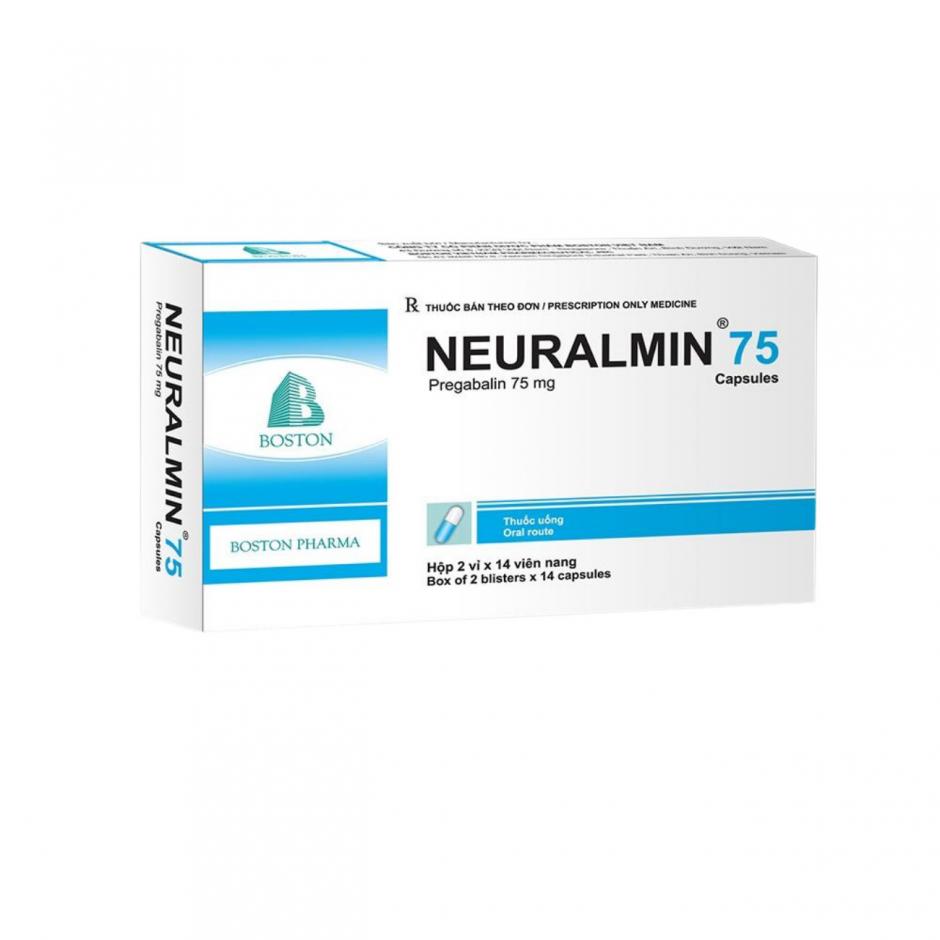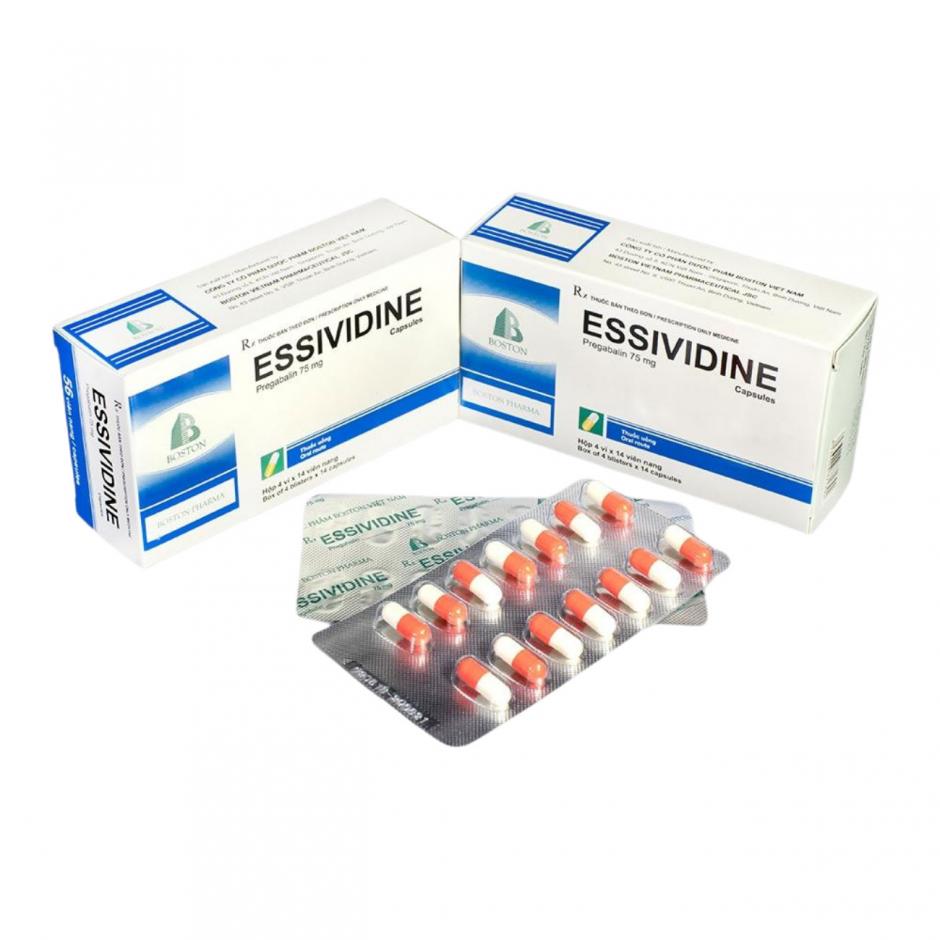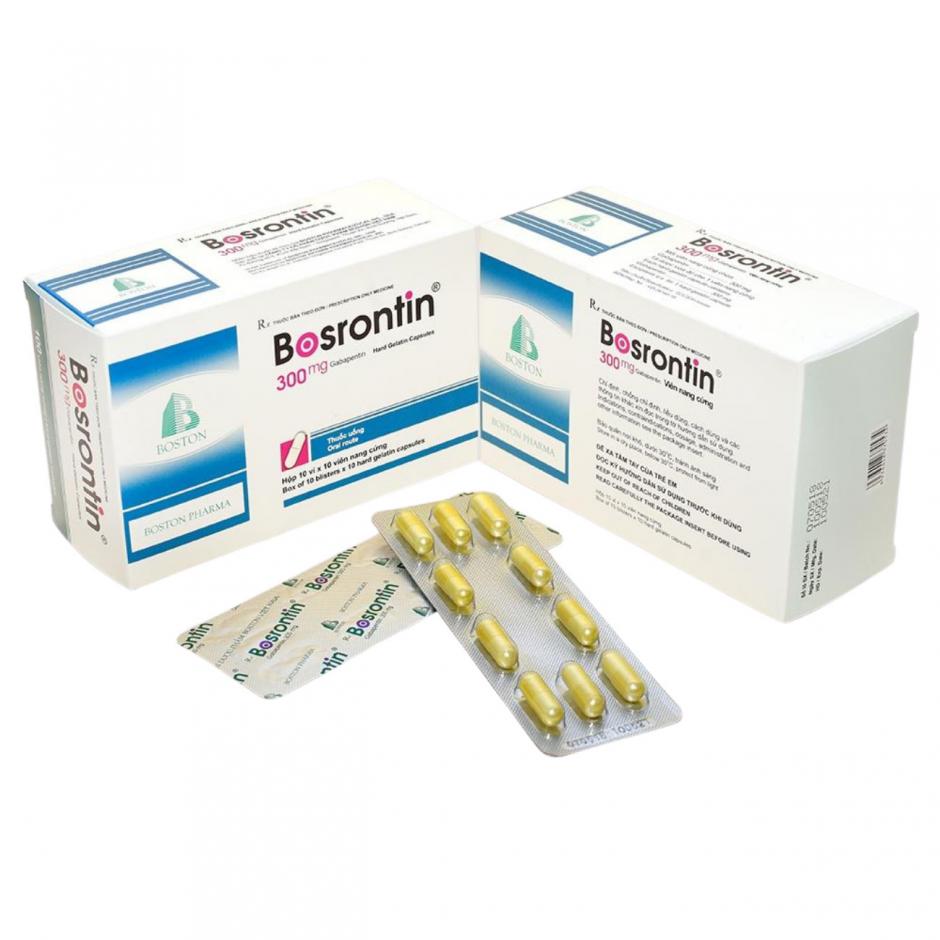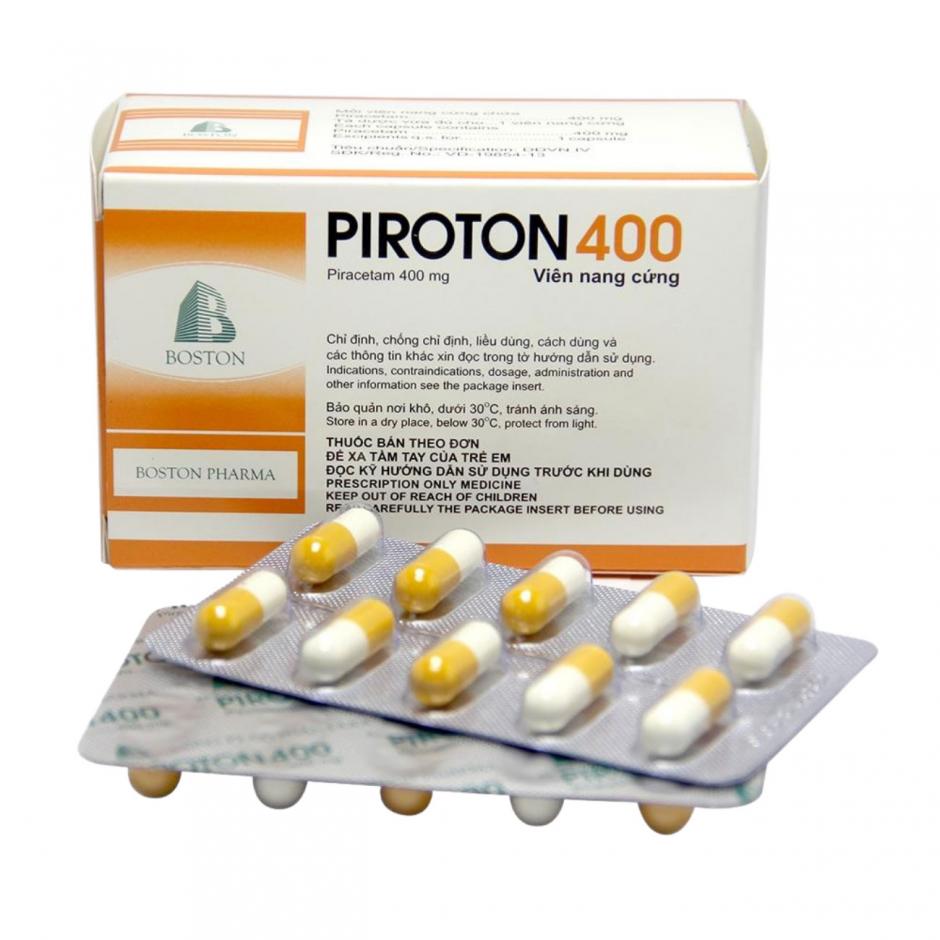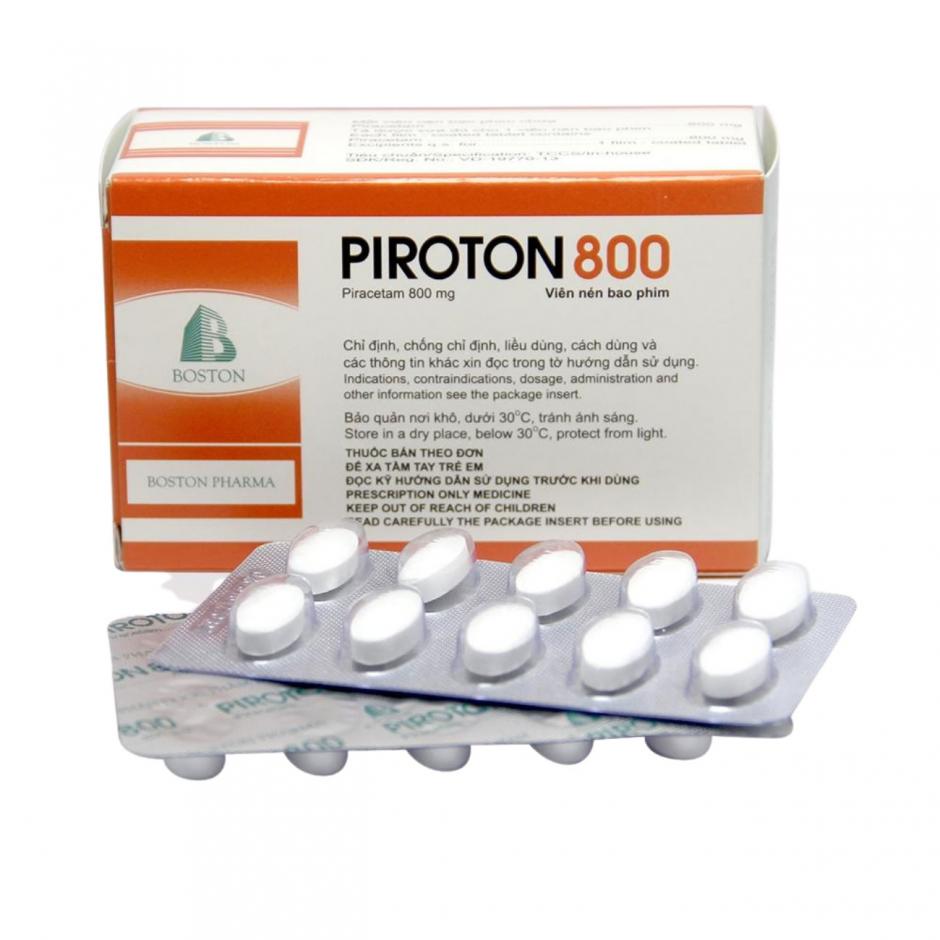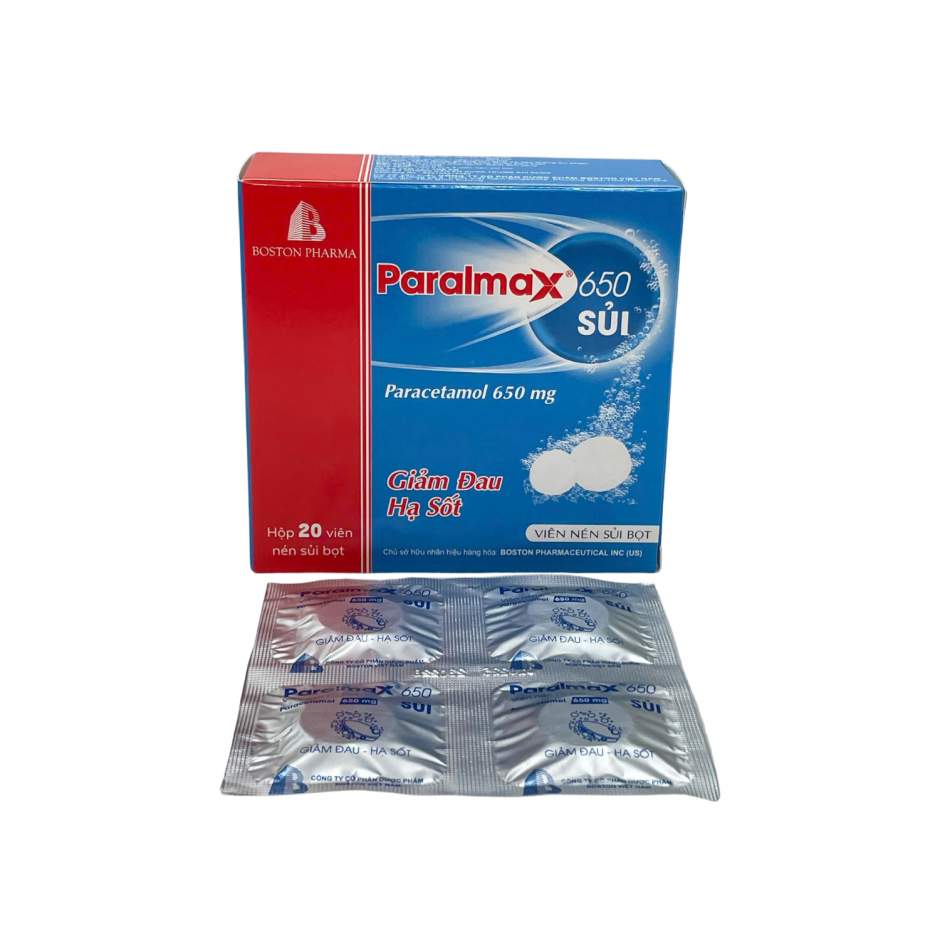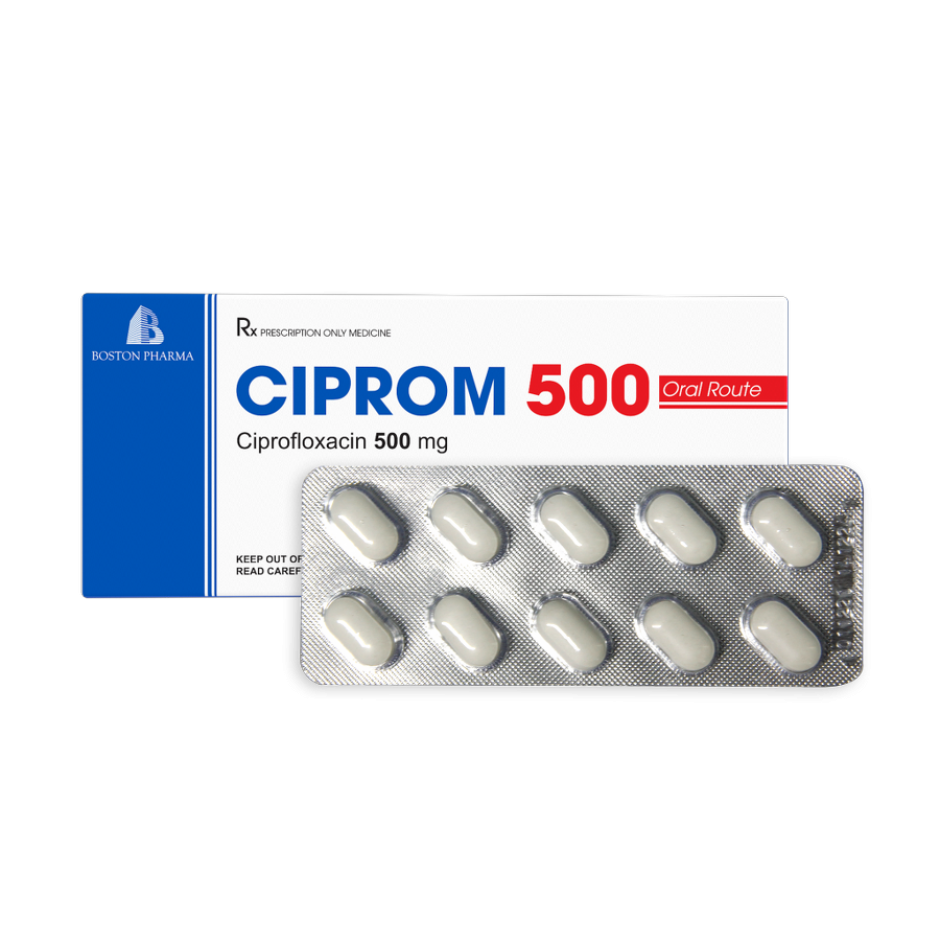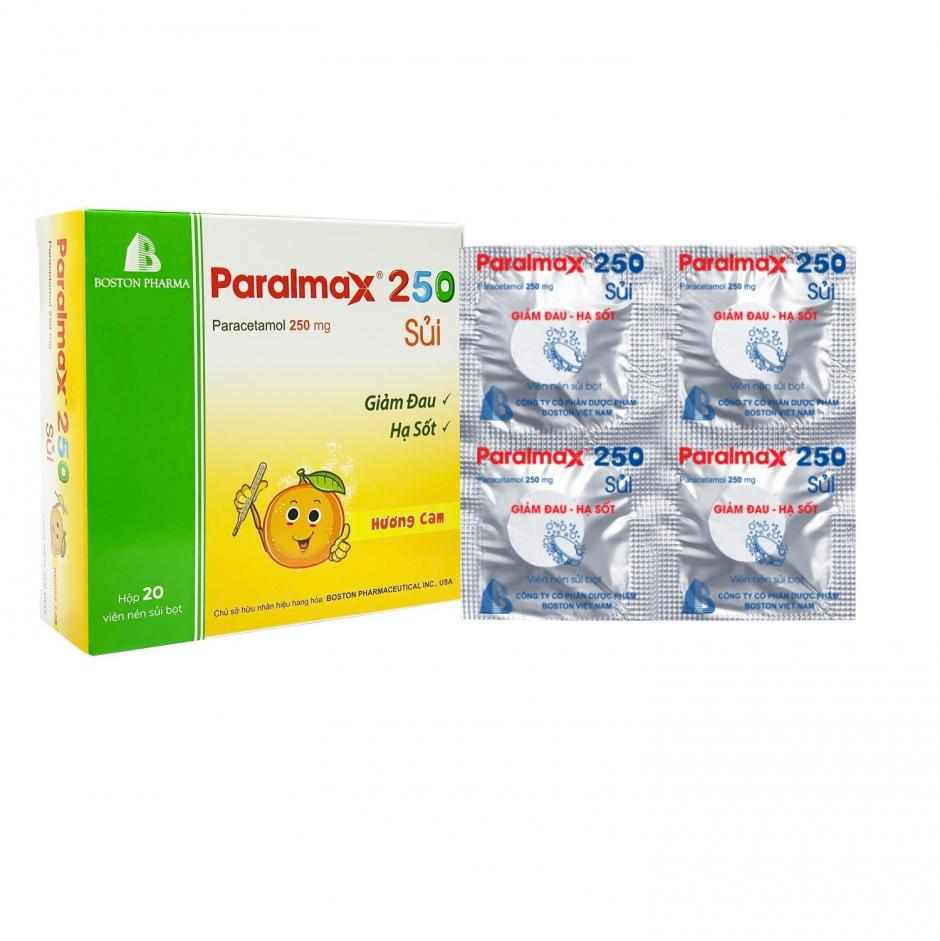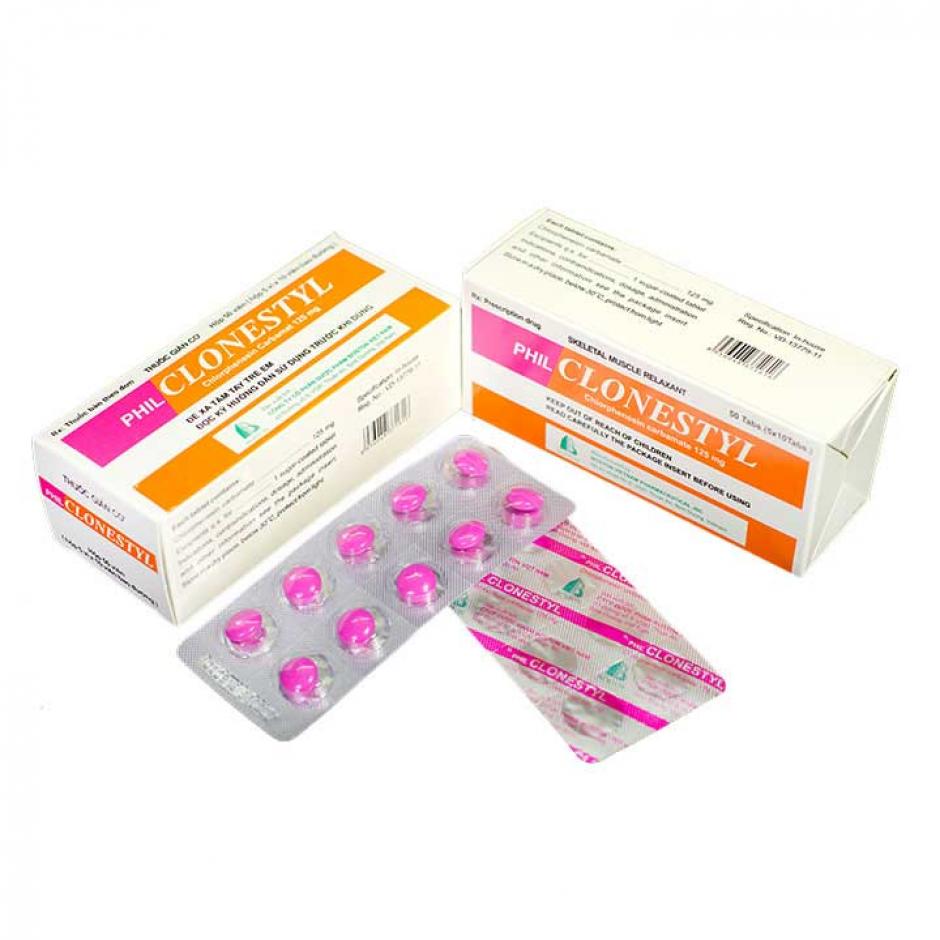Cinnarizine is also effective in the control of motion sickness.
Cerebrovascular and Peripheral Cerebral Vascular Disorders.
Disorders of balance - maintenance therapy for symptoms of labyrinthine disorders, including vertigo, tinnitus, nystagmus, nausea and vomiting such as is seen in Meniere's Disease.
POSOLOGY AND METHOD OF ADMINISTRATION
Method of administration
For oral use.
Cinnarizine should preferably be taken after meals.
Posology:
Adults, elderly, and children over 12 years:
25 mg two hours before travel and 15 mg every eight hours during the journey if necessary (in this case, the patient can choose other preparations with more suitable strength).
Cerebrovascular disorders: 75 mg x 1 time/day
Peripheral Vascular Disorders: 75 mg x 2-3 times/day
CONTRAINDICATIONS
Hypersensitivity to the active substance or to any of its ingredients.
Porphyrin metabolism disorder
WARNINGS AND PRECAUTION
Conditions needing caution when taking the drug
As with other antihistamines, cinnarizine may cause epigastric discomfort; taking it after meals may diminish gastric irritation.
Cinnarizine should only be given to patients with Parkinson's disease if the advantages outweigh the possible risk of aggravating this disease.
There have been no specific studies on hepatic or renal dysfunction. Cinnarizine should be used with care in patients with hepatic or renal insufficiency.
Long-term use of cinnarizine should be avoided in the elderly, because it may cause an increase or appearance of extrapyramidal symptoms, sometimes associated with feelings of depression during prolonged treatment.
Caution should be exercised when high doses of cinnarizine are administered to patients with hypotension because of the potential for hypotension.
Be careful with excipients
Cinnarizine Tablets contain lactose. Patients with rare hereditary problems of galactose intolerance, the Lapp lactase deficiency, or glucose-galactose malabsorption should not take this medicine.
The product contains wheat starch, so should not be used by patients allergic to wheat starch (except in cases of celiac disease).
Fertility, pregnancy and lactation
Pregnancy
The safety of cinnarizine in human pregnancy has not been established although studies in animals have not demonstrated teratogenic effects. As with other drugs, it is not advisable to administer cinnarizine in pregnancy.
Breast-feeding
There are no data on the excretion of cinnarizine in human breast milk. Taking cinnarizine whilst breast-feeding is not recommended.
Effects on ability to drive and use machines
Cinnarizine may cause drowsiness, especially at the start of treatment; patients affected in this way should not drive or operate machinery.
Interaction with other medicinal products and other forms of interaction
Drug interactions
Concurrent use of alcohol, CNS depressants or tricyclic antidepressants may potentiate the sedative effects of these drugs or of cinnarizine.
Due to its antihistamine effect, cinarizin may prevent positive skin reaction indicators if this product is taken 4 days before testing.
Drug incompatibility
Since there are no incompatibility studies, this drug should not be mixed with other drugs.
Undesirable effects
Frequencies displayed use the following convention:
Very common (≥ 1/10); common (≥ 1/100 to < 1/10); uncommon (≥ 1/1,000 to < 1/100); rare (≥ 1/10,000 to <1/1,000); very rare (<1/10,000) and not known (cannot be estimated from the available data).
|
System organ class |
Frequency category |
Adverse drug reactions |
|
Nervous system disorders |
Common |
Somnolence |
|
Uncommon |
Comatose |
|
|
Not known |
Dyskinesia, extrapyramidal disorder,, Parkinsonism, Tremor |
|
|
Gastrointestinal disorders |
Common |
Nausea, indigestion |
|
Uncommon |
Vomiting, epigastric abdominal pain |
|
|
Hepatobiliary disorders |
Not known |
Cholestatic jaundice |
|
Skin and subcutaneous tissue disorders |
Uncommon |
Hyperhidrolysis, Lichenoid keratosis including lichen planus |
|
Not known |
Subacute cutaneous lupus erythematosus |
|
|
Musculoskeletal and connective tissue disorders |
Not known |
Muscle rigidity |
|
General disorders and administrative site conditions |
Uncommon |
Fatigue |
|
Common |
Weight increased |
Overdose and Treatment
Overdose
Acute cinnarizine overdoses have been reported with doses ranging from 90 to 2,250 mg. Alterations in consciousness ranging from somnolence to stupor and coma, vomiting, extrapyramidal symptoms, and hypotonia are the most commonly reported signs and symptoms associated with a cinnarizine overdose. In a small number of young children, seizures developed. Clinical consequences were not severe in most cases, but deaths have been reported after single and polydrug overdoses involving cinnarizine.
Treatment
Consider using activated charcoal within 1 hour when an overdose of cinarizine (eg, 15 mg/kg) is detected.
There is no specific antidote to cinnarizine and in the event of overdosage, treatment is symptomatic and supportive care.
SHELF LIFE
36 months from the manufacturing date. Do not use this product after the expiry date.
Al/PVC strips. Box of 10 strips x 10 tablets.
Your comment



_CinaBoston.jpg)
